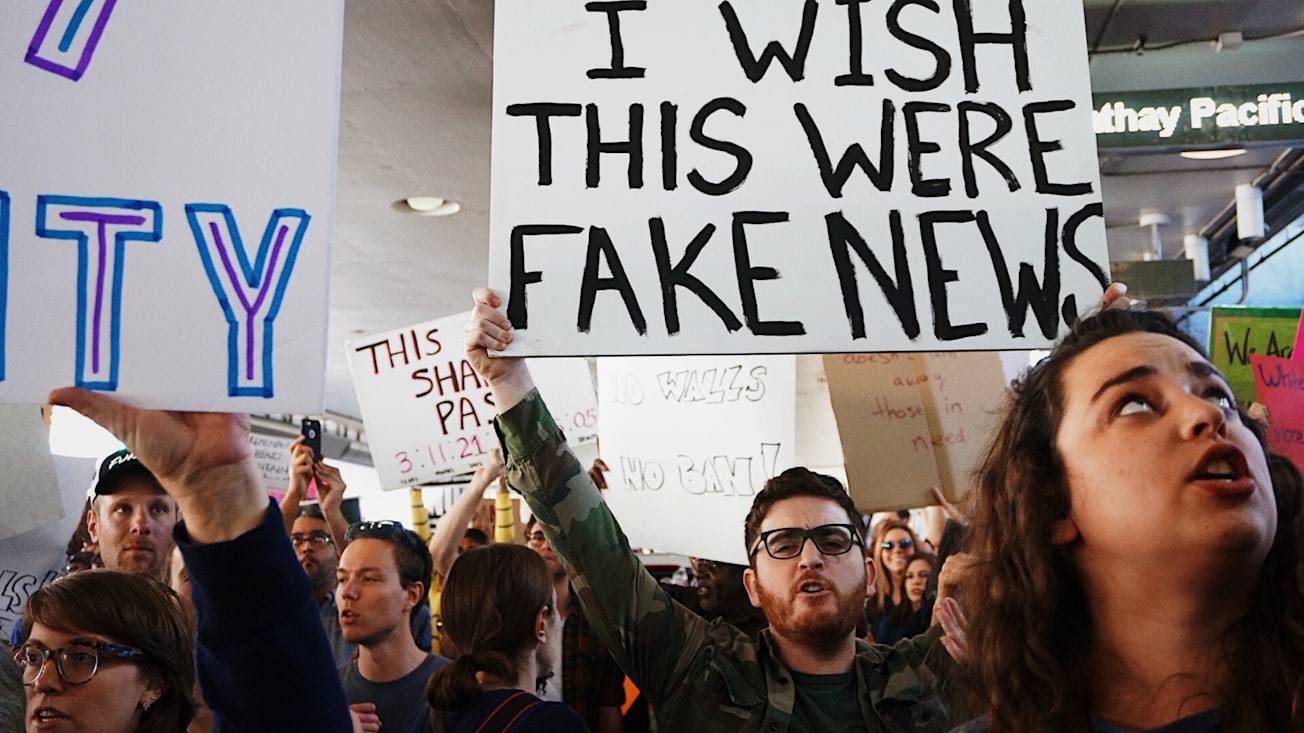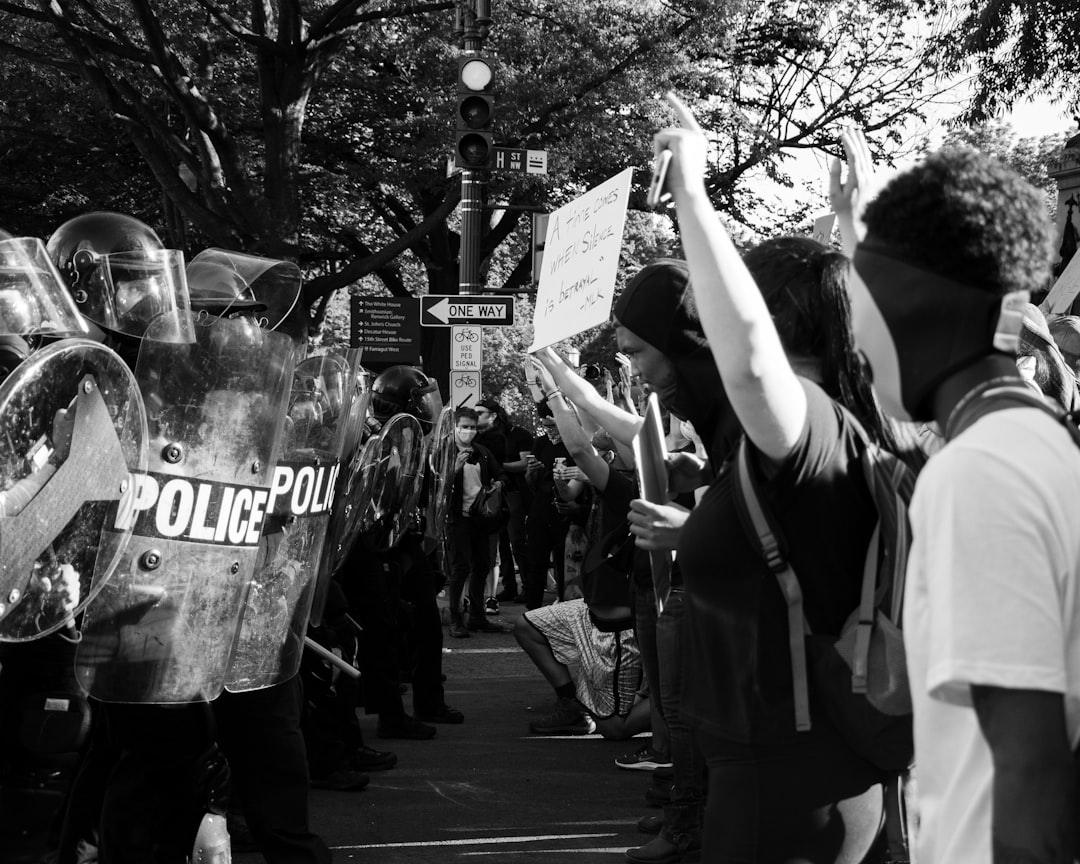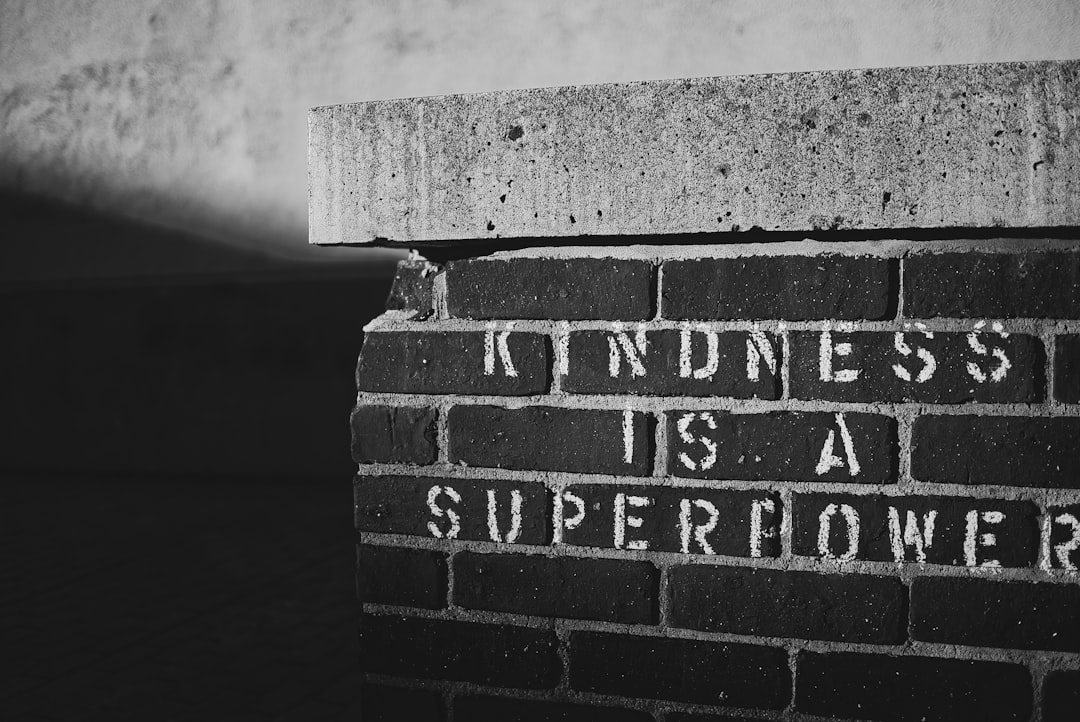What is it about?
This paper describes how to teach media and news literacy to non-journalism majors in a liberal arts college. Using a project-based learning approach that focus on the students working toward one final project for a real audience allowed students to learn how to access, analyze, create, reflect and act on controversial media texts. This is one case study describing the instructor experience and challenges to teach a semester long course on validating sources, questioning the constructs of the message and creating your own message.
Featured Image

Photo by Kayla Velasquez on Unsplash
Why is it important?
This article showcases an engaging pedagogy to get students more involve in analyzing and evaluating controversial texts such as conspiracy theories and fake news by using the most recent online tools available. In the post rtruth era, it is important to not only know to analyze, but learn how to acces relevant tools and in formation as well as creating responsible texts.
Perspectives
This is an action research using my students' artifact. While this is a subjective approach it is also providing a rare glance at what happens in a class of undergraduate students talking and assessing controvercial media texts.
Dr. Yonty Friesem
Columbia College Chicago
Read the Original
This page is a summary of: Teaching Truth, Lies, and Accuracy in the Digital Age: Media Literacy as Project-Based Learning, Journalism & Mass Communication Educator, February 2019, SAGE Publications,
DOI: 10.1177/1077695819829962.
You can read the full text:
Contributors
The following have contributed to this page










